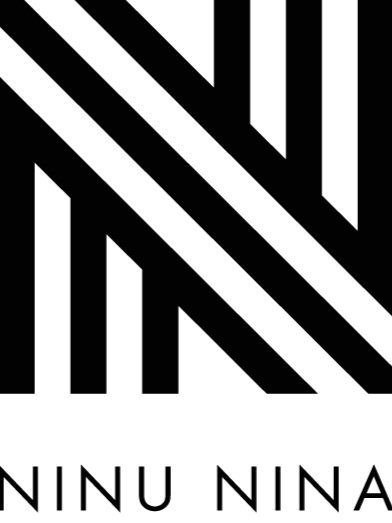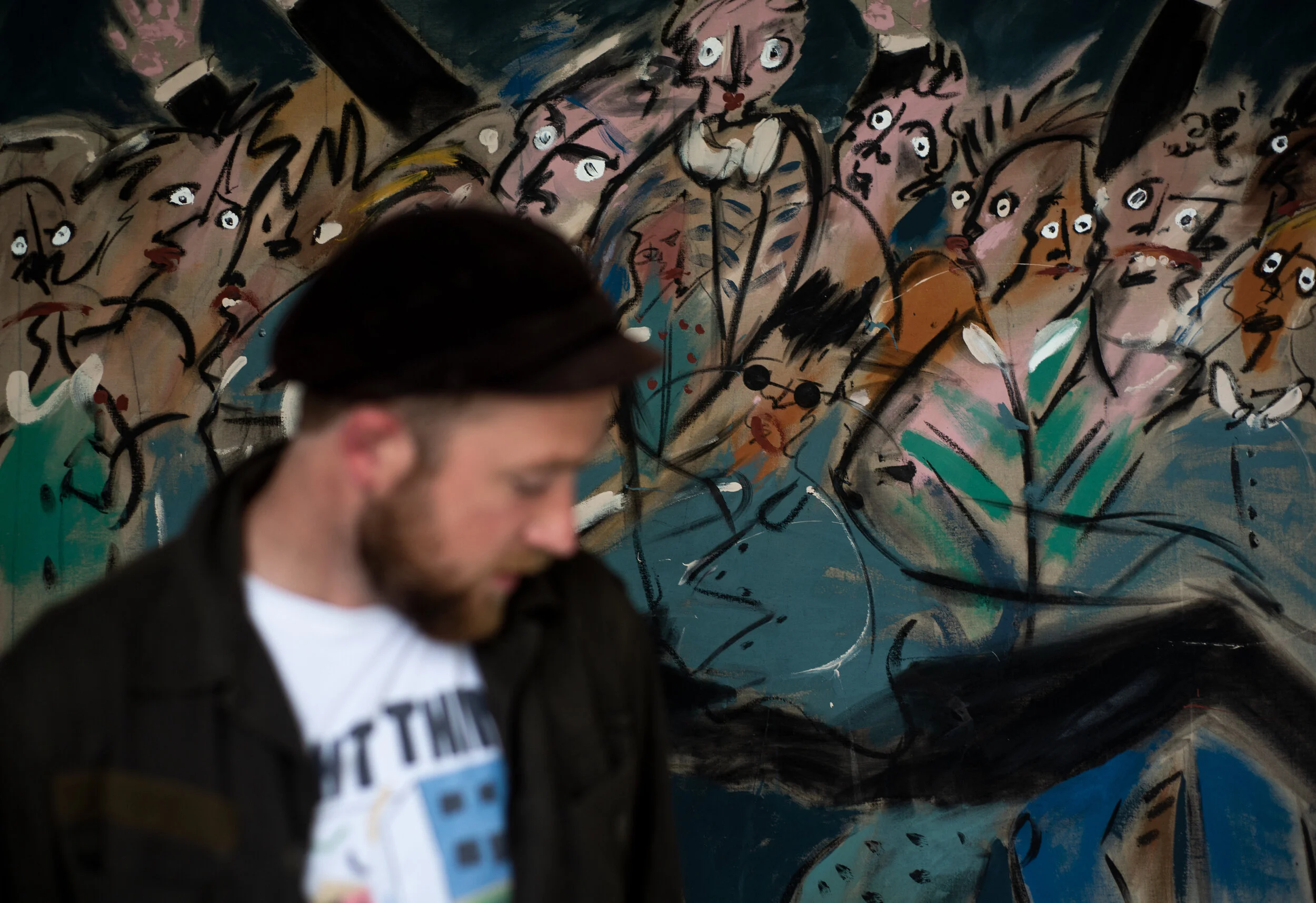ARTIST JACK PENNY
We are very excited today to share our interview with an artist we love because of the way in which he explores human connection, He uses colours in a way to conceptualize a thought or vision on the human experience. Penny, who is British, uses elongated figures in a clustered format creating compositions that press on the modernity of our world as we know it.
Great inspirations and influences.
It might sound obvious but I genuinely believe that as a creative person your biggest influence is inevitably always going to be your family and friends. The people you surround yourself with on a daily basis shape your experiences, even in the subtlest of ways that may not be immediately clear. I have been fortunate enough to grow up in a family that loved and appreciated the arts, and with friends who always placed a lot of importance on being creative. Nevertheless, I never really intended to be an artist, or even understood what that might be like in practical, real terms until a friend showed me a Ralph Steadman book in my early teens. It had a profound and immediate effect on me. More than anything technical or academic, the energy and feel of the work moved me immediately and opened up a sense of possibility about what I could achieve.
I started experimenting in a way that was instinctive and natural and as time went on I became more confident. I soon discovered other artists that worked in similar ways and that lead to further discovery in my own work. The art that I connect with most powerfully is work that comes from somewhere slightly uncomfortable or unexpected, often made by artists that are not overly concerned by what is considered fashionable at the time. Artists like Georg Baselitz, Louise Bourgeois, or Pervis Young that prioritise being intuitive and honest over obvious technical acumen, and whom have a sense of irreverence about the way they approach the canon.
Most recently, artists I have enjoyed watching the development of are Rebecca Ackroyd, Tom Lovelace, and Daisy Parris. They are all very different, yet appeal to my draw for the slightly uncomfortable and unexpected.
You love the music from the late 70's early 80's from NY ( neo expressionist period) tell us more about that music and that energy that you would have loved to experience.
I listen to a lot of music while I am painting. I find it a great source of distraction and focus at the same time. It helps create a space for me to be more spontaneous and less neurotic in my work. I think around the time of that particular interview I was quite heavily into that period and I still love a lot of the records that came out of the post punk wave in New York but really, I enjoy any music from any era that shares the traits of independence, originality and improvisation that I value in all art.
How has the pandemic affected your work?
Fortunately, as an artist my day-to-day working life has not been disrupted as much as the majority of other people. I have been able to continue working in pretty much the same rhythm and routine as I did before. Psychologically and creatively however it has a big impact on the kind of work I have been producing. I originally wanted to approach the subject artistically and actually began a series loosely based on the pandemic. However, the whole thing seemed too massive, incomprehensible and fluid to really get a handle on, and so I actually ended up moving in the opposite direction where I deliberately sought out escapist themes. This is where the series ‘The Swimmers’ came from. I think in a very subconscious way I was drawn towards a motif that was innocent, natural and healthy as way of freeing myself from the heaviness that we all felt. But then, as time went on and the series progressed, a much darker and more difficult undertone emerged from the work.
The paintings in the series started as an almost childlike celebration of something very pure but gradually developed into something really quite ominous and sinister. By the end the swimmers are actually almost drowning and I think in a way that reflected how I, and perhaps everyone else, was feeling as the pandemic dragged on and deepened.
In terms of the broader art world, it’s obviously been horribly difficult and I cannot wait for the day (hopefully soon) where I can exhibit again, and we can all go back into galleries and enjoy works of art in person again, the way they are intended. I am quietly optimistic for the future because the artistic community through the ages has always rallied together and emerged with great creations in times of adversity, and I am excited to see what others have produced during this maddening time.
Has there been a most memorable response to your work so far?
It’s been really gratifying to share my work with my peers and other artists that I love and admire, and to have had them respond in a way that shows they understand what I am aiming for, my sense of humour and approach to the medium. However, I have to say though that the critic whose opinion I tend to enjoy the most is my five-year-old step-daughter Léna. Her response to the work is always totally instinctive and (sometimes brutally) honest in a way that I find really refreshing and wonderful.
Thank you Jack, we are honoured.
Follow the artist for upcoming work and exhibitions
Cover photo of the artist by Sam Bailey







